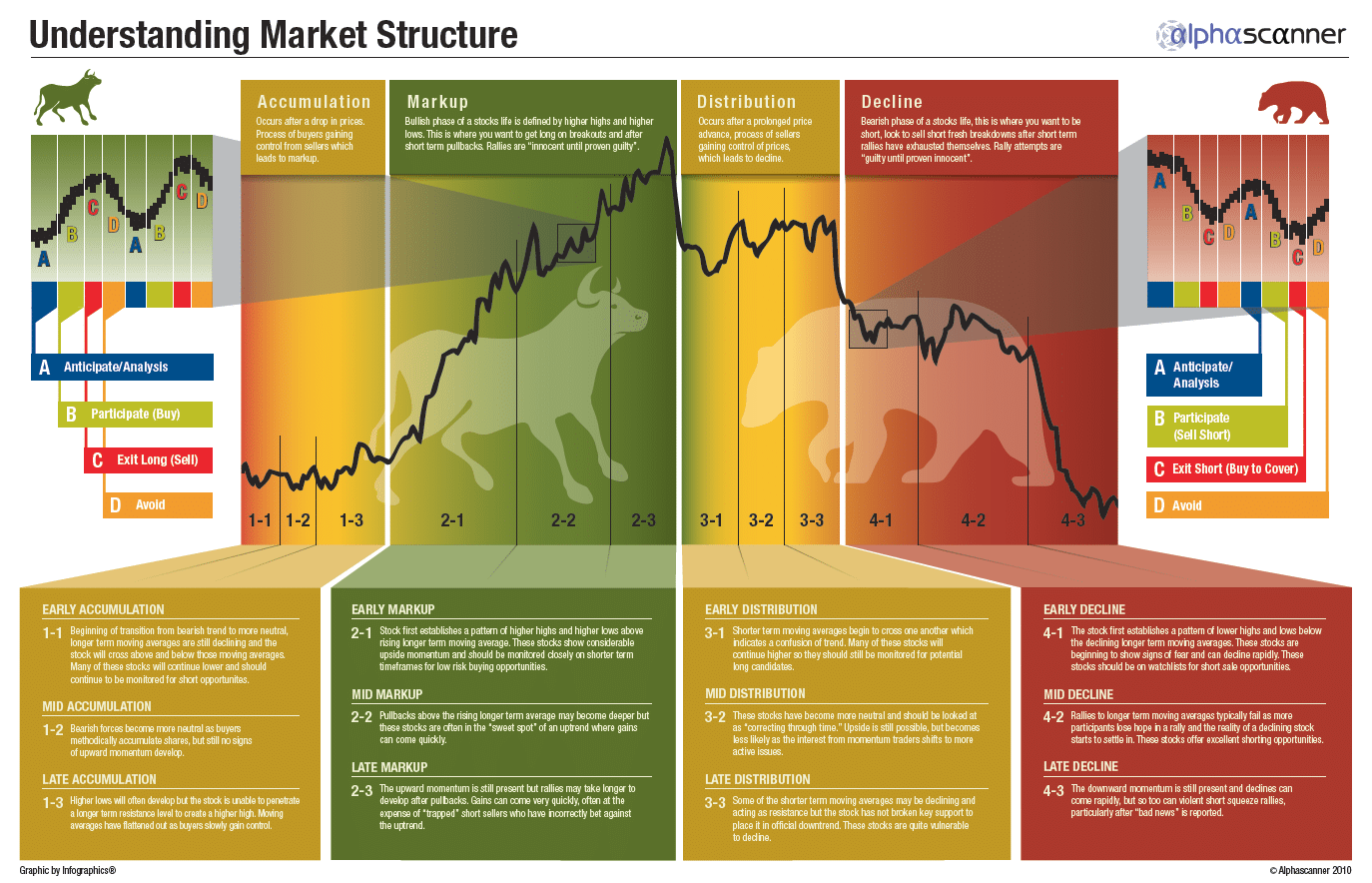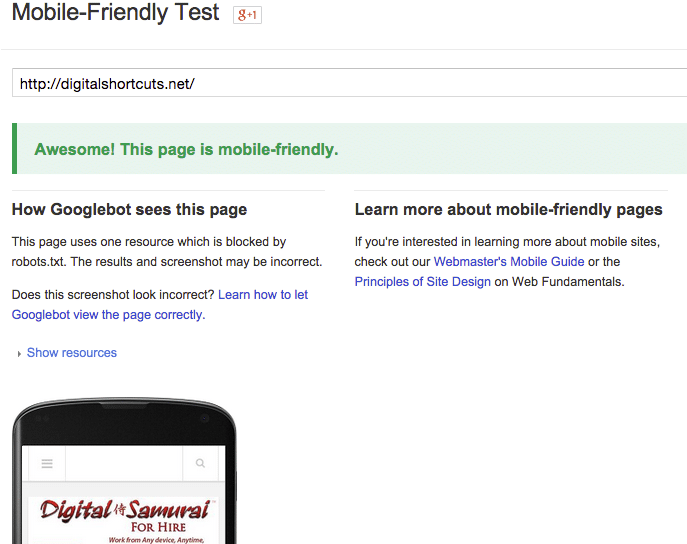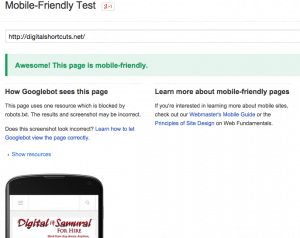Infographics – Clever Content That Converts
Infographics aren’t as difficult as you may think.
With attention spans continuing to shrivel, the battle is on to grab and keep people’s attention and still communicate enough information to make a sale. Videos are definitely still the leader in terms of content, but infographics shouldn’t be underestimated – they’re a highly effective, easily shareable way to communicate large amounts of information and concepts.
In the old days, this meant spending hours in photoshop or paying large sums to a graphic designer, but you can now do it yourself cheaply or even for free with services such as piktochart and Visual.ly.
If you need some inspiration from the real pros in this area, you can take a look at the best infographics so far in 2015 here.
THE Key To Headlines That Hit People Hard
Headlines are one of your most important lead magnets.
Grabbing someone’s attention amid the chaos of the internet is a difficult task – especially if you don’t have a real standout image or video. That’s where great headlines come into their own and can even help empower images and video.
One of my favourite tools in this regard is the Headline Analyzer at Advanced Marketing Institute. This nifty tool will look at your headline and determine its Emotional Marketing Value, basically measuring the words in your headline against a list of high-impact words in different categories – Intellectual, Empathetic and Sprititual.
The great thing about this is that you can modify your headline to try and increase the score or to lean more toward a different type of person. As a general rule, your score should be at least 30% but a bit of creativity should shoot you up above 50% with the best in the business.
One area this tool unfortunately doesn’t deal with is the use of capitalization, which can be a really simple yet effective way to increase the impact of certain words (check out the headline of this article for example.)
Mobilegeddon is here
Has your website survived Mobilegeddon?
On April 21, a major event took place in the online world. You may not have noticed Mobilegeddon, but the effects were huge. Google updated its algorithm to favor mobile-friendly websites – meaning that if your site wasn’t already mobile-optimized, your ranking dropped considerably. Hopefully by then, you had read this report from Business News Daily and prepared for the changes but, if you still haven’t, here’s what you need to know.
Factors that google takes into account include; readability, ressponsiveness and the use of software such as Flash, which tends to cause issues with mobile devices. Fortunately, Google makes it easy to check our site with their Mobile-Friendly Test, which also has information on how to mobile-optimize your site.
If you use Google Webmaster Tools, you can also generate a Mobile Usability Report and find exactly where possible issues exist.
Get The Most From Your Facebook Videos
It goes without saying that video is the most powerful weapon of engagement an online marketer can have so most of you are probably already on board and posting video content on facebook. What you might not know is that the method you use to post a video can have a big impact on your results.
Jason Surfrapp at Jason Does Stuff has put together a great Guide to getting around facebook’s quirks.
Facebook does as much as it can to drive you to upload your video content to facebook and share from there so why do it any other way? Well, that’s where the rocky relationship between facebook and seemingly EVERY other platform comes in. Google, for example, won’t show your facebook videos in its results, which limits your organic traffic.
The solution? The best approach so far is to upload an image and link this to your video. It means your video can’t be played within the News Feed but the numbers indicate that this isn’t too terrible a thing. This also means that you can choose a better converting image (which will also be displayed in a larger format), rather than simply using the classic video thumbnail.
The almighty play button won’t be there either but if you simply post a link to a video, facebook will remove that anyway in the News Feed so you’re no further behind.






